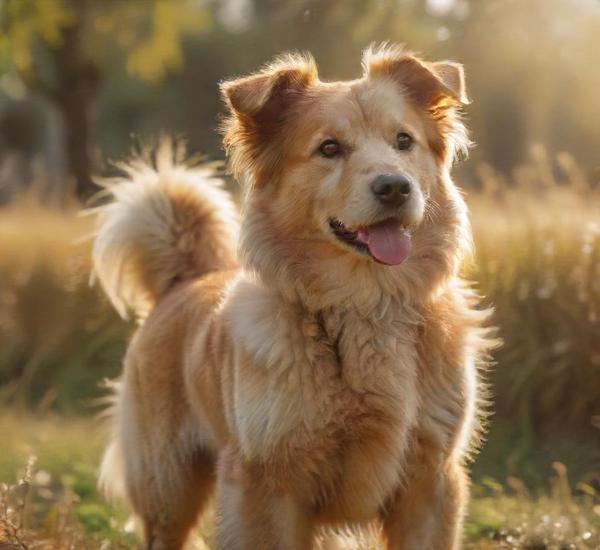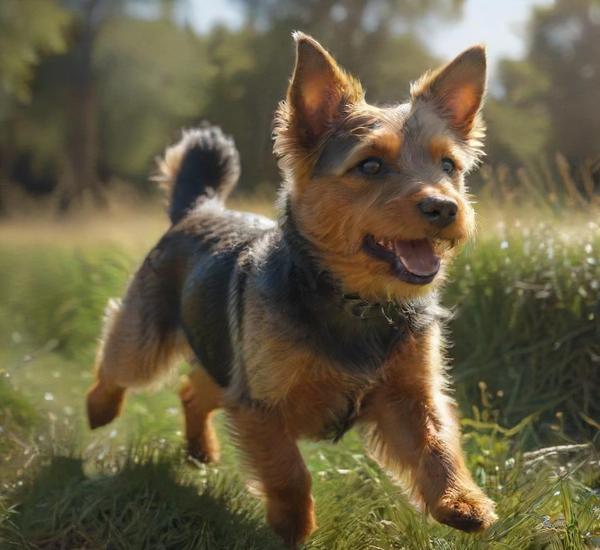The Australian Kelpie, a dynamic and agile breed, stands out as a quintessential working dog renowned for its exceptional herding capabilities and boundless energy. Originating …

Happy Paws: All About Dogs

The Australian Kelpie, a dynamic and agile breed, stands out as a quintessential working dog renowned for its exceptional herding capabilities and boundless energy. Originating …

The Koolie, a dynamic and agile herding dog, has been making waves in the canine world with its exceptional intelligence and boundless energy. Often overshadowed …

The Australian Silky Terrier, often simply called the Silky Terrier, is a charming and spirited toy breed that stands out for its sleek, silky coat …

The Tenterfield Terrier, a spirited and affectionate Australian breed, has captured the hearts of dog enthusiasts with its lively personality and charming appearance. Originally bred …

The Bull Arab is a striking and versatile breed that stands out in the world of canine companions for its unique blend of strength, agility, …

Australian Shepherds, often affectionately called Aussies, are a breed renowned for their intelligence, agility, and boundless energy. Originating in the American West rather than Australia, …

The Australian Terrier is a charming and spirited breed that stands out with its distinct appearance and lively personality. Originating from the rugged terrains of …